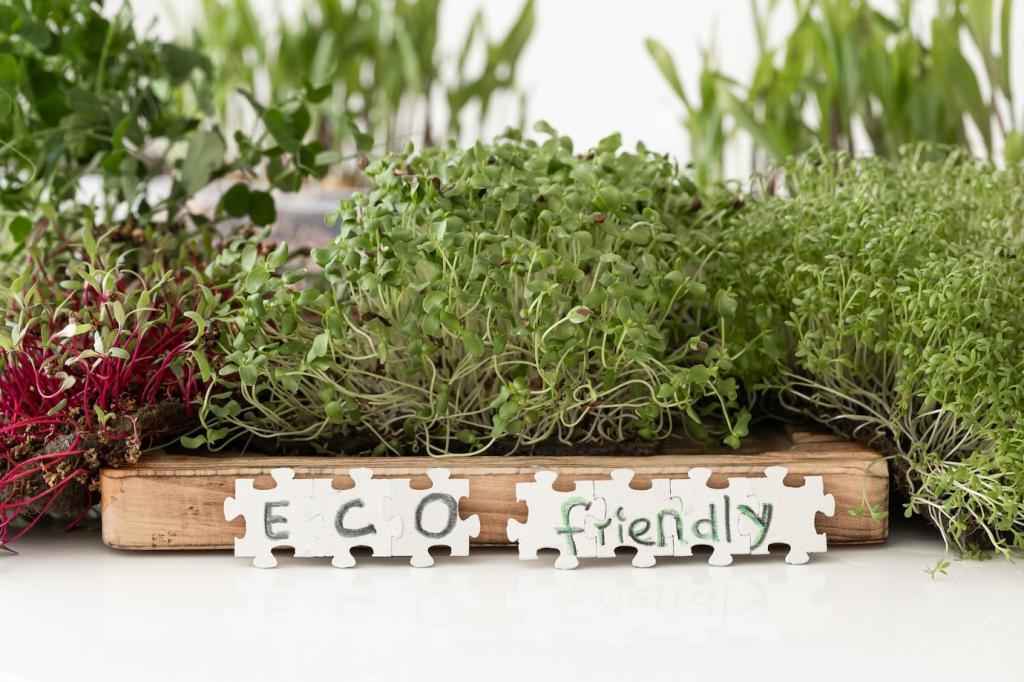Soil as the Living Engine
Smother turf with cardboard, add compost, then top with thick mulch. We converted a compacted corner into a lush herb bed in four weekends, inviting worms to till for us. Post your before-and-after photos, and we’ll feature standout transformations in our next issue.
Soil as the Living Engine
Aim for a carbon-to-nitrogen ratio near 25–30:1 for hot compost that finishes fast. Kitchen scraps, leaves, and shredded prunings create rich humus. A simple worm bin under a bench turned coffee grounds into black gold all winter. Ask for our troubleshooting sheet if your pile stalls.




